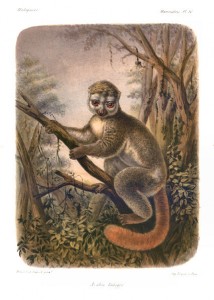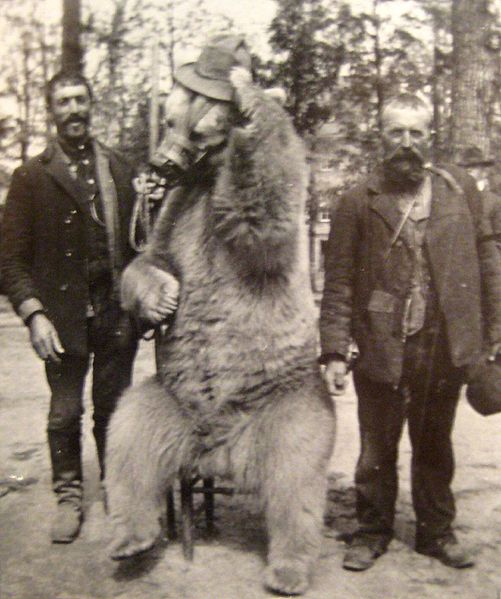Private zoos of more than a century ago existed on both sides of the Atlantic, though the ones in the UK seem to have been the wildest. A report of these unregulated menageries from the London Daily Mail that was republished in the November 17, 1901 Brooklyn Daily Eagle:
“‘Can I sell you a nice little armadillo, sir? They’re great favorites now, and the price of that armor-plated beauty is only £2. Or if you prefer something larger for your money here is a striped hyena. We call him Dan Leno. Ten pounds is the price. Listen to him laugh. It’s quite catching, isn’t it?’
And the man who daily sells wild and fearsome beasts as placidly as if he sold tea and sugar, chuckled in sympathy with the snarling, gibbering brute that showed its teeth between the bars of the cage. The Daily Mail representative was not buying hyenas that morning.
The attempted ‘deal’ took place at one of four private zoos in London, where the animal lover may purchase as a domestic pet almost anything that crawls, creeps or flies. For £25 down and the balance on delivery he can have a full-fledged rhinoceros capable of demolishing a fairly sized jerry-built villa, or he can stock the fountain basin on his lawn with young alligators, which at £15 each are regarded as extremely cheap today.

“It was a common sight to see ladies leading little lemurs or baby pumas along the streets in the same way that they lead pet dogs.”
The man who dislikes his next-door neighbor can derive satisfaction and amusement by allowing a few Indian pythons to roam about promiscuously. Six feet of python are obtainable for £2. In the capacity of peacemaker and healer of neighborly differences the python should be invaluable in the suburbs.
Then there is the gentleman in the Highbury District who keeps four or five different kinds of lemurs, while until recently a young man who occupied a flat in another suburb kept a leopard, which used to run about the rooms and curl itself up on his knees like an overgrown cat. That leopard is now no more. It was accidentally suffocated, but the residents of the flat now breathe with more freedom than they did before. Pumas are the favorite pets of a Kensington lady, whose name and address are withheld at the request of the dealer who supplies the animal.
With the spread of the taste for strange and curious pets has come a corresponding diversity in the character of the four-footed passengers in London streets. Last summer it was a common sight to see in the West End ladies leading little lemurs or baby pumas along the streets in the same way that they lead pet dogs. This summer it is probable that the spectacle will become still more common, judging from the number of orders received at the various depots for baby pets of this description. Full grown animals of a dangerous type have not yet obtained the liberty of the footpath, but perhaps they will do so some day, and London will, in one respect at least, be reminiscent of primitive times.”

